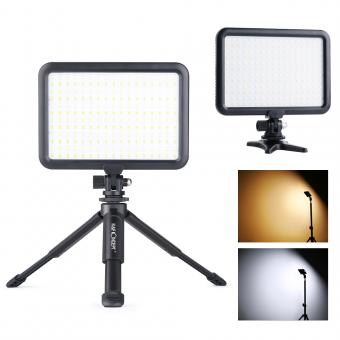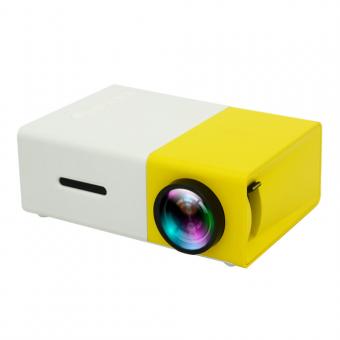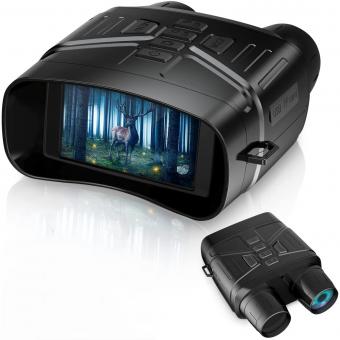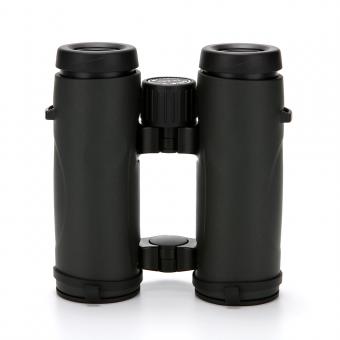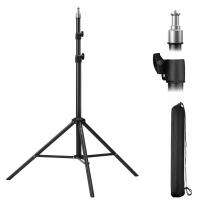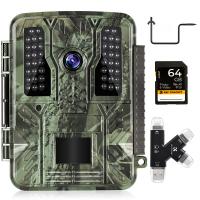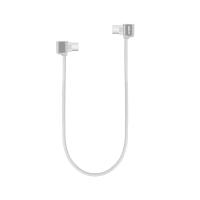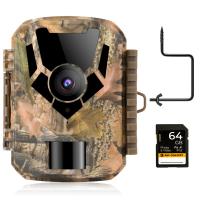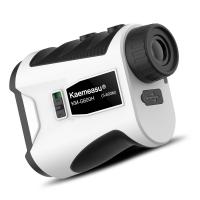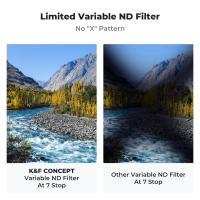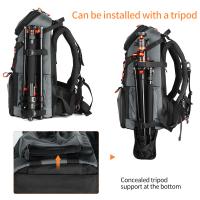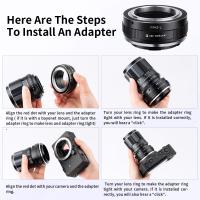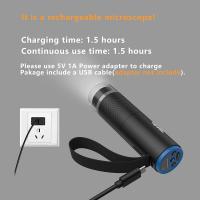What Power Binoculars For Stargazing ?
For stargazing, it is recommended to use binoculars with a magnification of at least 7x and an objective lens diameter of 50mm or larger. This will provide a good balance between magnification and light-gathering ability, allowing you to see fainter objects in the night sky. However, it is important to note that higher magnification does not always mean better views, as it can also make the image shakier and harder to focus. Additionally, the quality of the optics and the stability of the binoculars are also important factors to consider for optimal stargazing performance.
1、 Magnification
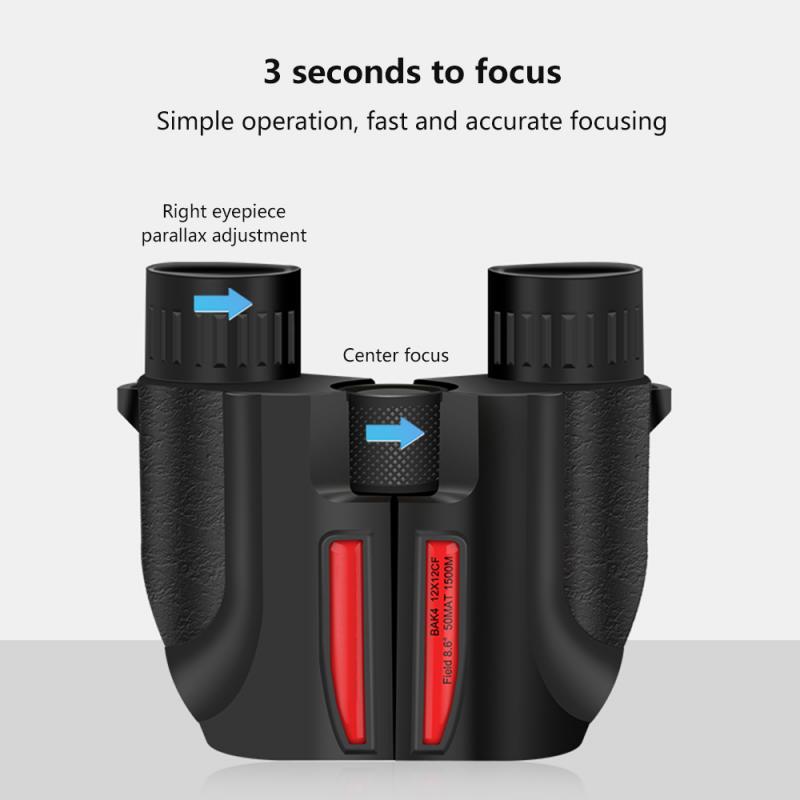
What power binoculars for stargazing? Magnification is a crucial factor to consider when choosing binoculars for stargazing. Generally, binoculars with magnifications between 7x and 10x are recommended for stargazing. This is because higher magnifications can make it difficult to keep the image steady due to the increased shakiness caused by even the slightest movement of your hands. Additionally, higher magnifications can also reduce the field of view, making it harder to locate objects in the night sky.
However, the latest point of view suggests that magnification is not the only factor to consider when choosing binoculars for stargazing. The aperture size, or the diameter of the objective lens, is also important. A larger aperture allows more light to enter the binoculars, resulting in brighter and clearer images. Binoculars with larger apertures are also better suited for viewing fainter objects in the night sky.
Another factor to consider is the quality of the optics. High-quality optics can make a significant difference in the clarity and sharpness of the images. Additionally, the type of prism used in the binoculars can also affect the image quality. Binoculars with roof prisms tend to be more compact and lightweight, but they may not provide the same level of image quality as binoculars with porro prisms.
In summary, when choosing binoculars for stargazing, it is important to consider not only the magnification but also the aperture size, quality of optics, and type of prism used. A combination of these factors can result in a better stargazing experience.
2、 Objective lens diameter
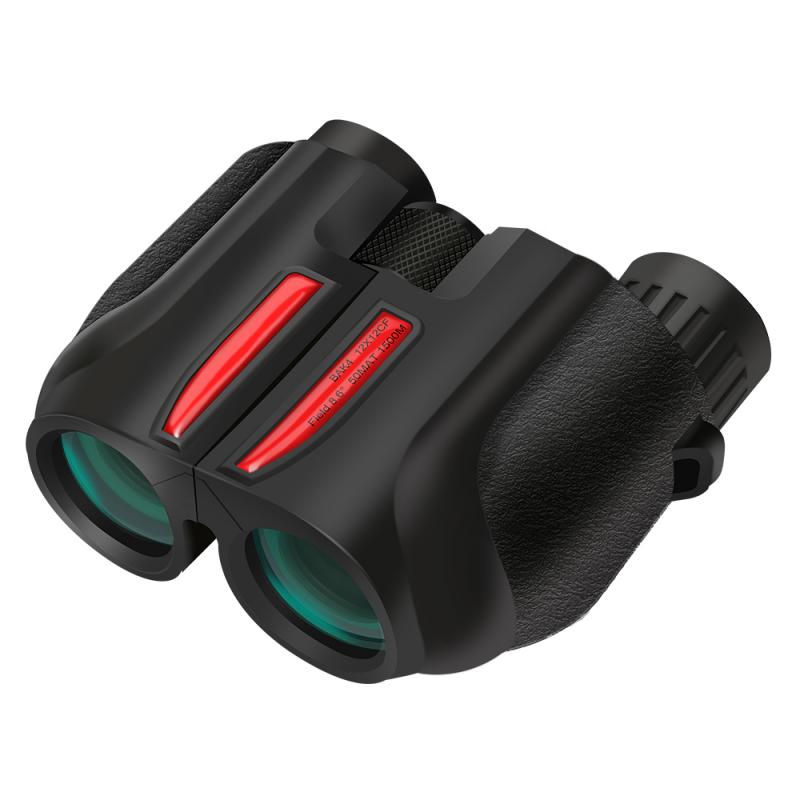
What power binoculars for stargazing? The answer to this question depends on several factors, including the observer's experience level, the observing conditions, and the intended use of the binoculars. However, one of the most critical factors to consider when choosing binoculars for stargazing is the objective lens diameter.
The objective lens diameter refers to the size of the front lens element of the binoculars. The larger the objective lens diameter, the more light the binoculars can gather, resulting in brighter and clearer images. For stargazing, it is recommended to use binoculars with an objective lens diameter of at least 50mm. Binoculars with larger objective lenses, such as 70mm or 80mm, are even better for stargazing as they can gather more light and provide brighter and more detailed views of celestial objects.
However, it is important to note that larger objective lenses also mean heavier and bulkier binoculars, which may not be suitable for all observers. Additionally, higher magnification binoculars may require a tripod or other stabilizing equipment to prevent image shake and ensure a steady view.
In conclusion, when choosing binoculars for stargazing, it is essential to consider the objective lens diameter as it directly affects the brightness and clarity of the images. A minimum objective lens diameter of 50mm is recommended, but larger objective lenses can provide even better views of celestial objects. However, the observer's experience level, observing conditions, and intended use of the binoculars should also be taken into account when making a final decision.
3、 Exit pupil size
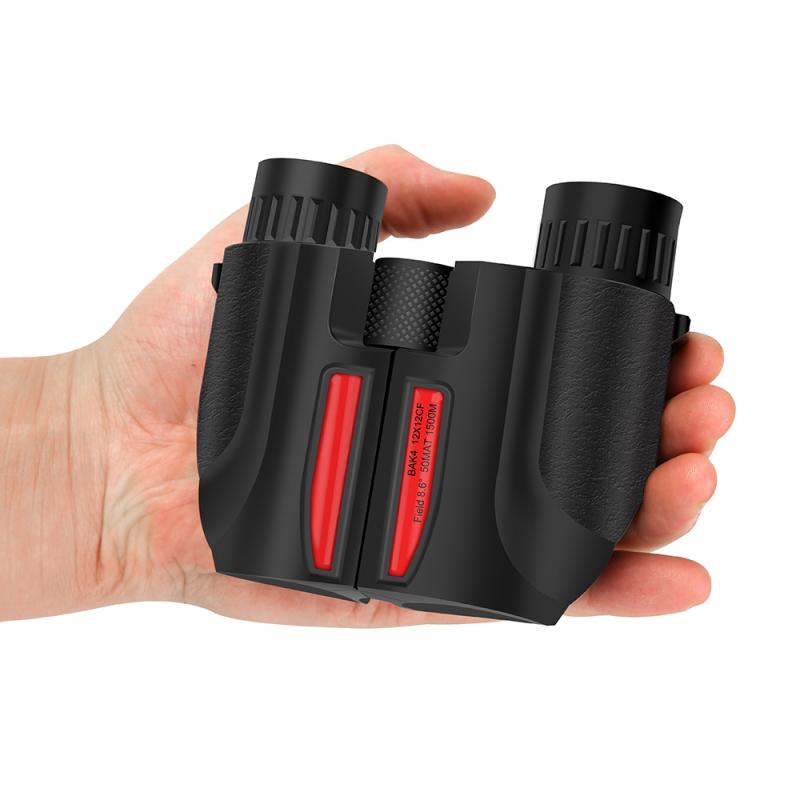
What power binoculars for stargazing? The answer to this question depends on several factors, including the exit pupil size. The exit pupil is the diameter of the beam of light that exits the eyepiece of the binoculars. It is calculated by dividing the diameter of the objective lens by the magnification. For stargazing, a larger exit pupil size is generally preferred as it allows more light to enter the eye, resulting in brighter and clearer images.
The ideal exit pupil size for stargazing is around 5-7mm. This is because the human eye can only dilate up to around 7mm in low light conditions, so anything larger than this would be wasted. Binoculars with an exit pupil size of less than 5mm may not provide enough light for stargazing, while those with an exit pupil size of more than 7mm may be too heavy and bulky for comfortable use.
However, it is important to note that the ideal exit pupil size also depends on the individual's age and pupil size. As we age, our pupils become smaller and less able to dilate, so older stargazers may prefer binoculars with a larger exit pupil size. Additionally, those with larger pupils may benefit from binoculars with a larger exit pupil size.
In summary, the ideal power binoculars for stargazing will have an exit pupil size of around 5-7mm, but this may vary depending on the individual's age and pupil size. It is important to consider all factors when choosing binoculars for stargazing to ensure the best possible viewing experience.
4、 Field of view

What power binoculars for stargazing? The answer to this question depends on what you want to observe and your level of experience. Generally, for stargazing, binoculars with a magnification of 7x to 10x and an objective lens diameter of 50mm or more are recommended. These specifications provide a good balance between magnification and field of view.
Field of view is an important consideration when choosing binoculars for stargazing. A wider field of view allows you to see more of the night sky, making it easier to locate objects and follow their movements. However, a wider field of view often comes at the expense of magnification. Therefore, it is important to find a balance between the two.
In recent years, there has been a trend towards using binoculars with larger objective lenses, such as 70mm or 80mm. These larger lenses provide a brighter and clearer image, making it easier to observe faint objects in the night sky. However, they also tend to be heavier and more expensive.
Ultimately, the best power binoculars for stargazing will depend on your personal preferences and budget. It is recommended to try out different models and magnifications before making a purchase to find the one that suits you best.









